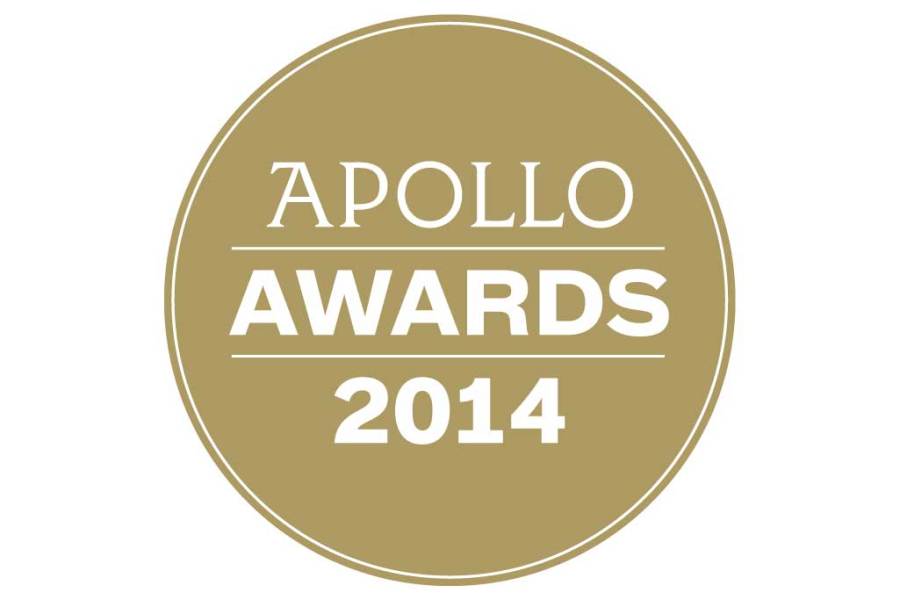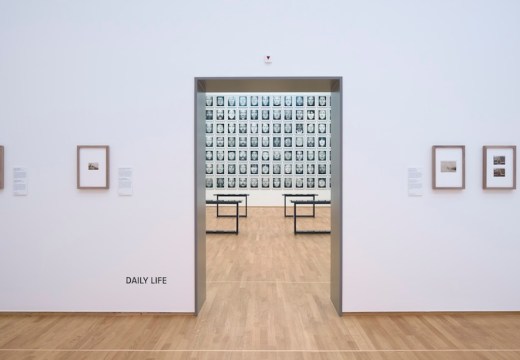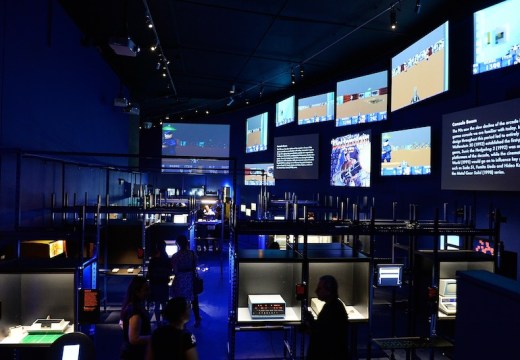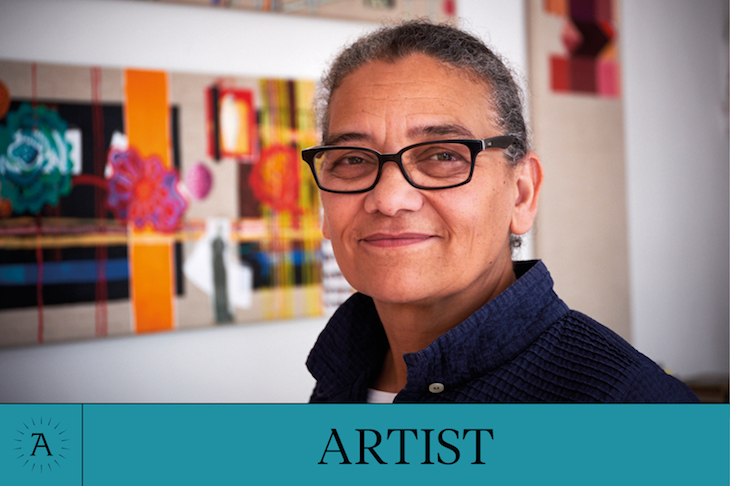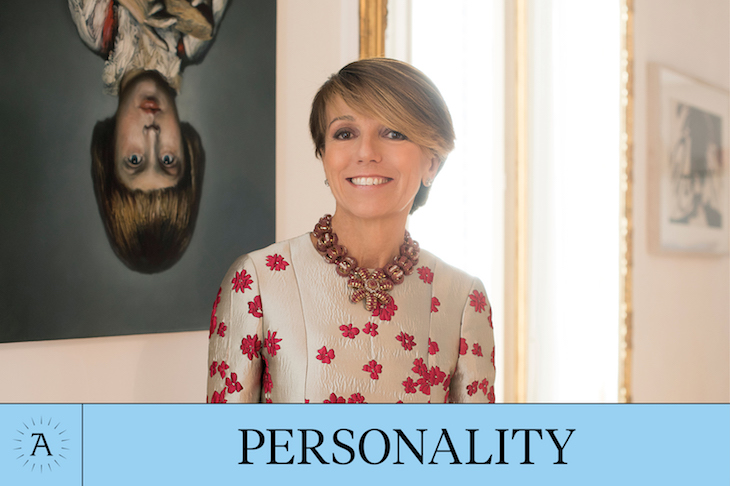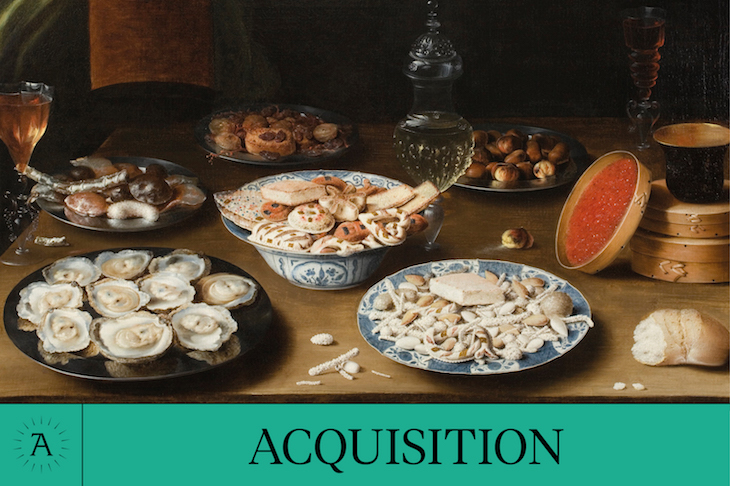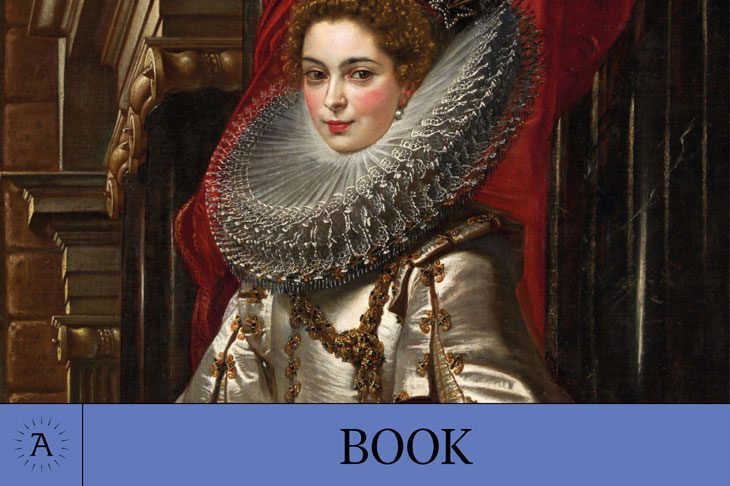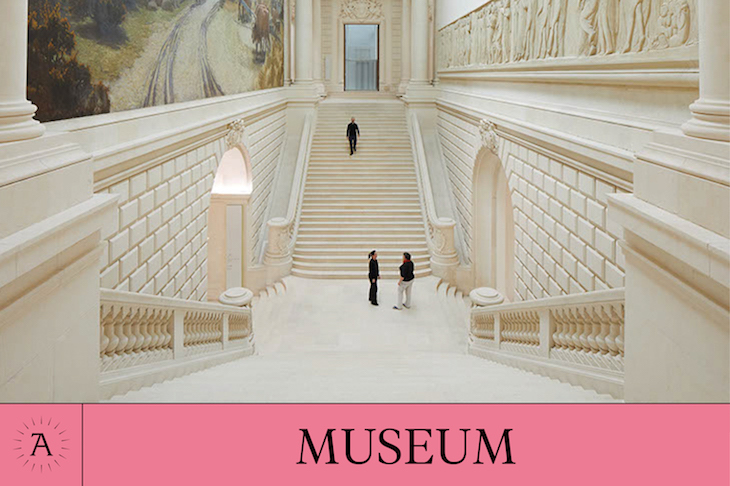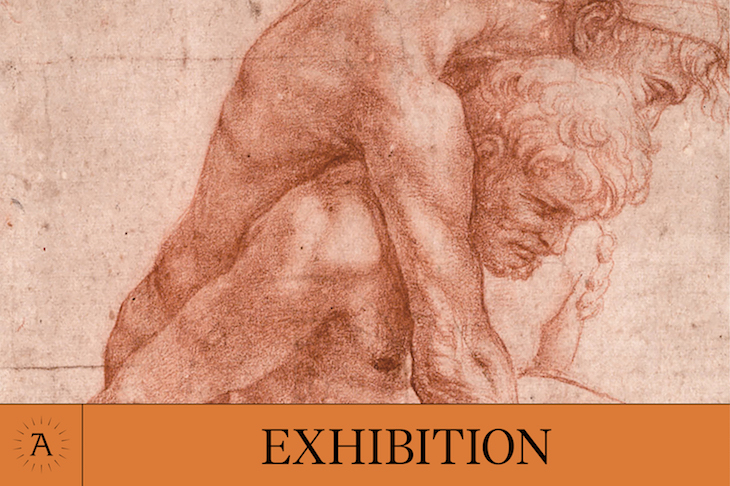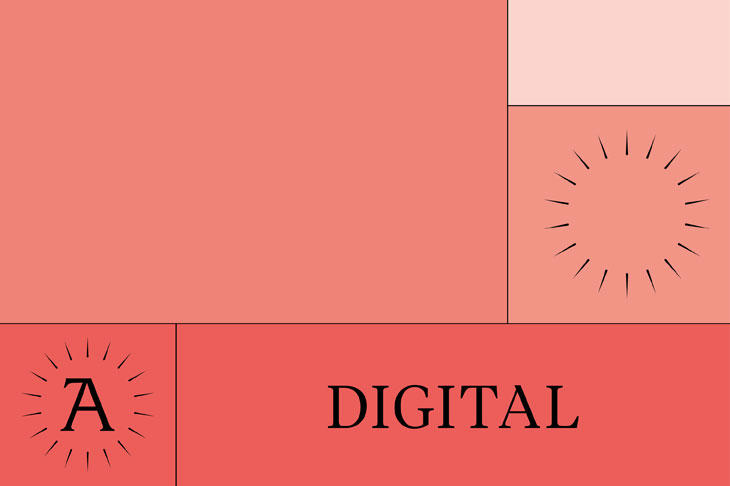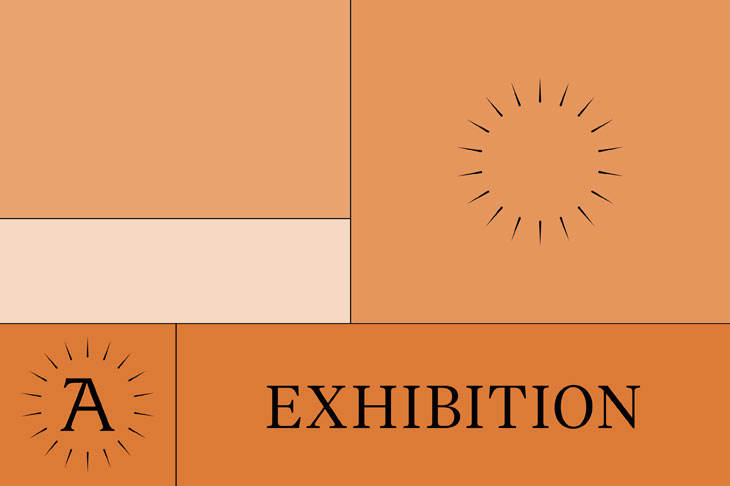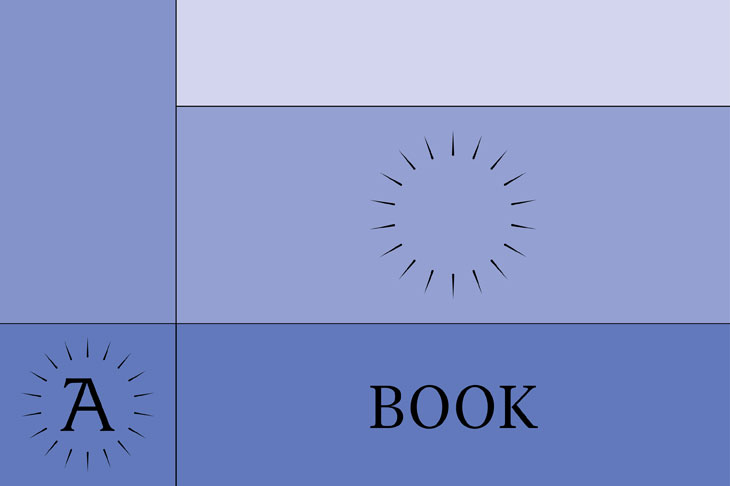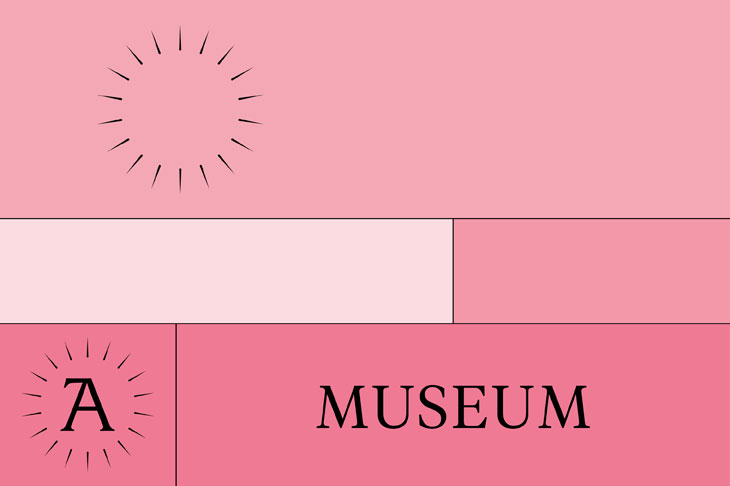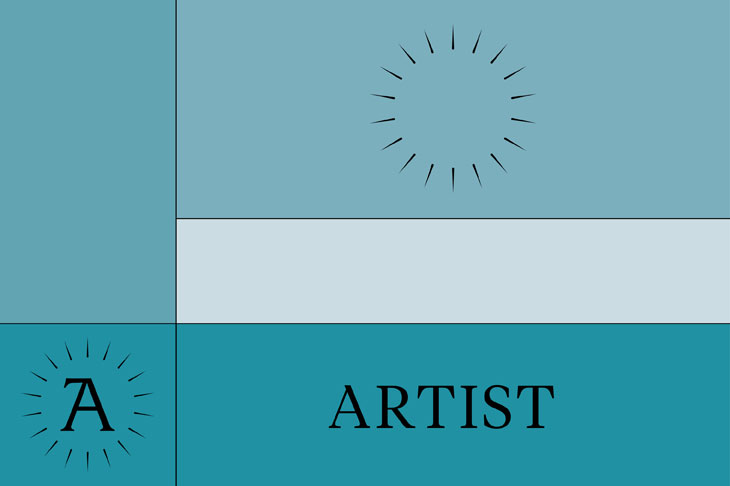Visiting the current Anselm Kiefer retrospective at the Royal Academy is an intense, immersive experience. In part, that’s because the artist’s huge canvases thrive in the grand spaces of the Main Galleries at Burlington House, presenting an unfolding series of occult mysteries and historical visions: from the early attic paintings, with their Wagnerian dreams, to the vast corrupted landscapes of recent decades. Kiefer’s works seem to have conquered the space, and to know it. Ages of the World, a tower of abandoned canvases in the great octagonal Central Hall, is annotated with words scrawled by the artist just below the room’s lofty cornice.
Kiefer is an intellectual painter, and his work can seem cerebral to the point of bafflement when it delves into arcane subjects such as Jacobean alchemy. But it also has great power of affect, and for me the scale and inexhaustible texture of these works have an impact to be felt physically as much as grappled with mentally. If that sounds like an uncritical assertion, then it’s worth adding that, beyond the visual, there is a further sensorial dimension to this exhibition. In the vicinity of the recent works, you can actually smell the artist’s materials, the paint still drying. And this is an extraordinary sensation, which epitomises one of the grand themes of Kiefer’s work: for all their monumentality, these paintings are organic things that advertise their sense of process and their own eventual deliquescence.
For this outstanding exhibition, and the public and critical excitement it has generated, Anselm Kiefer is the winner of Apollo’s inaugural Artist of the Year award. Regular readers will be familiar with most of the other awards announced in this issue, although there is another new category that deserves special mention here. We have introduced a Digital Innovation of the Year award, to commend organisations harnessing digital technology to advance access to, or knowledge of art.
The first winner of this is the Factum Foundation, which has made extraordinary leaps forward in the use of new technologies for conservation purposes. It unveiled a facsimile of Tutankhamun’s tomb in the Valley of the Kings in April 2014.
As ever, the Apollo Awards have been chosen in consultation with the magazine’s editorial board, regular contributors, and other senior figures in the art world. They recognise achievements over a period of 12 months from late October 2013, celebrating excellence in museums and galleries, exhibition making and art publishing. We are immensely grateful for the continued support of Deutsche Asset & Wealth Management, whose backing allows us to boost the profile of these awards in a way that feels timely and necessary.
In keeping with Kiefer’s paintings and the Factum Foundation’s conservation work, there is something vital about the achievements of all this year’s winners. Our Exhibition of the Year, ‘Pontormo and Rosso Fiorentino: Diverging Paths of Mannerism’ at the Palazzo Strozzi, cast a revelatory new light on 16th-century Florence. Linking other winners is the sense that scholarly endeavour can generate significant public benefit. Museum Opening of the Year goes to the Clark Art Institute, Massachusetts, whose stunning expansion and renovation makes it the model for a modern museum-cum-research institute. Dynamic scholarship also figures in two awards that touch the Ashmolean Museum in Oxford: Acquisition of the Year is the Sullivan Collection of Modern and Contemporary Chinese Art, a bequest from the great sinologist and art historian Michael Sullivan; Book of the Year is Jeremy Warren’s catalogue of medieval and Renaissance sculpture in the museum, a work that is, as David Ekserdjian wrote in these pages in October, ‘hard to put down’.
Earlier this year, Nicholas Penny announced his retirement as director of the National Gallery. During his time in the post, visitor numbers have burgeoned and the museum has hosted acclaimed exhibitions and made excep- tional acquisitions. For Penny, however, much of the focus has been on preserving the gallery’s core strengths in a world that sometimes now seems hostile to them. That is a sign of true character: he is our Personality of the Year.
View the winners and shortlists for the Apollo Awards here
Unlimited access from just $16 every 3 months
Subscribe to get unlimited and exclusive access to the top art stories, interviews and exhibition reviews.

